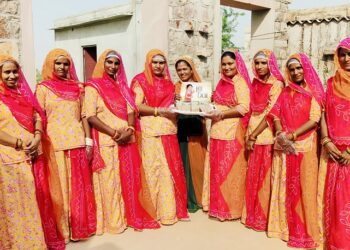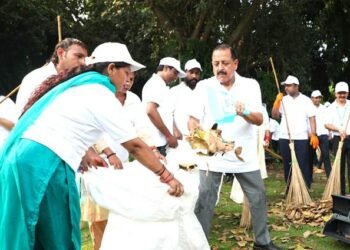Janmashtami: The Birth of Lord Krishna
Introduction
Janmashtami is a Hindu festival that celebrates the birth of Lord Krishna, the eighth incarnation of the god Vishnu. It is observed on the eighth day (ashtami) of the dark fortnight of the month of Bhadrapada (August–September) in the Hindu calendar. Janmashtami is also known as Krishnashtami, Gokulashtami, Saatam Aatham, Astami Rohini, Srikrishna Jayanti, or Sree Jayanthi in different regions of India. It is one of the most important and popular festivals in Hinduism, as Krishna is considered to be the supreme deity and the embodiment of love, compassion, and wisdom.
Significance
The significance of Janmashtami lies in the belief that Lord Krishna was born to destroy the evil forces and restore peace and justice in the world. According to Hindu mythology, Krishna was born at midnight in a prison cell in Mathura, where his parents Devaki and Vasudeva were imprisoned by his maternal uncle Kansa, who was a tyrannical king. Kansa had been prophesied that he would be killed by the eighth child of Devaki, so he tried to kill all her children. However, with divine intervention, Krishna was miraculously transferred to Gokul, where he was raised by his foster parents Yashoda and Nanda. Krishna grew up as a playful and mischievous child, who charmed everyone with his flute and his pranks. He also performed many miracles and killed many demons during his childhood and youth. He later became a key figure in the epic Mahabharata, where he guided the Pandavas to victory over the Kauravas in the Kurukshetra war. He also delivered the Bhagavad Gita, which is considered to be one of the most sacred scriptures in Hinduism.
Celebration
The celebration of Janmashtami varies from region to region, but some common rituals and customs are followed by most Hindus. These include:
- Fasting: Many devotees observe a fast on Janmashtami, which lasts until midnight or until the next day. They abstain from eating grains and consume only fruits, milk, and other light food items.
- Puja: Devotees perform puja (worship) at their homes or temples, where they offer prayers, flowers, fruits, sweets, and other items to Lord Krishna. They also sing devotional songs (bhajans) and chant mantras (hymns) in praise of Krishna.
- Decoration: Devotees decorate their homes and temples with flowers, balloons, lights, and rangoli (colored patterns). They also draw footprints of infant Krishna from the entrance to the puja room, symbolizing his arrival.
- Cradle: Devotees place an idol or a picture of baby Krishna in a cradle or a basket and rock it gently. They also dress up their children as Krishna or his consort Radha and enact scenes from his life.
- Dahi Handi: This is a popular sport that is played on the next day of Janmashtami in some parts of India, especially Maharashtra. It involves forming a human pyramid to break a clay pot filled with curd (dahi) that is hung high above the ground. The pot represents the butter that Krishna used to steal from his neighbors’ houses.
- Kite flying: This is another fun activity that is enjoyed by many people on Janmashtami. They fly colorful kites in the sky and try to cut each other’s kites with sharp strings. The kites represent the freedom and joy that Krishna brought to the world.
Conclusion
Janmashtami is a festival that celebrates the birth of Lord Krishna, who is revered as the supreme god and the source of all happiness in Hinduism. It is a day to remember his teachings, his deeds, and his love for humanity. It is also a day to express gratitude, devotion, and joy to him. Janmashtami is a festival that brings people together in a spirit of harmony, faith, and celebration.




















